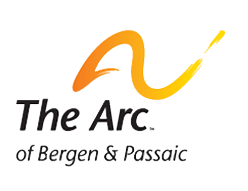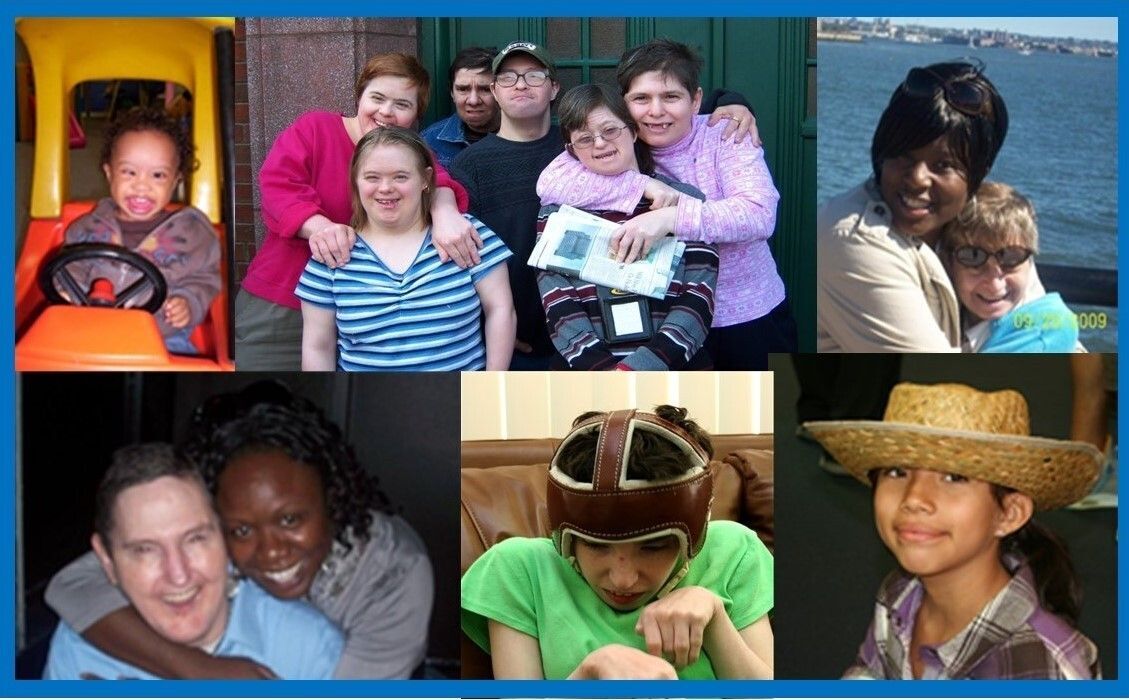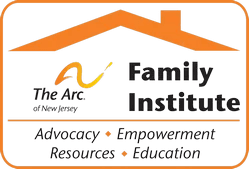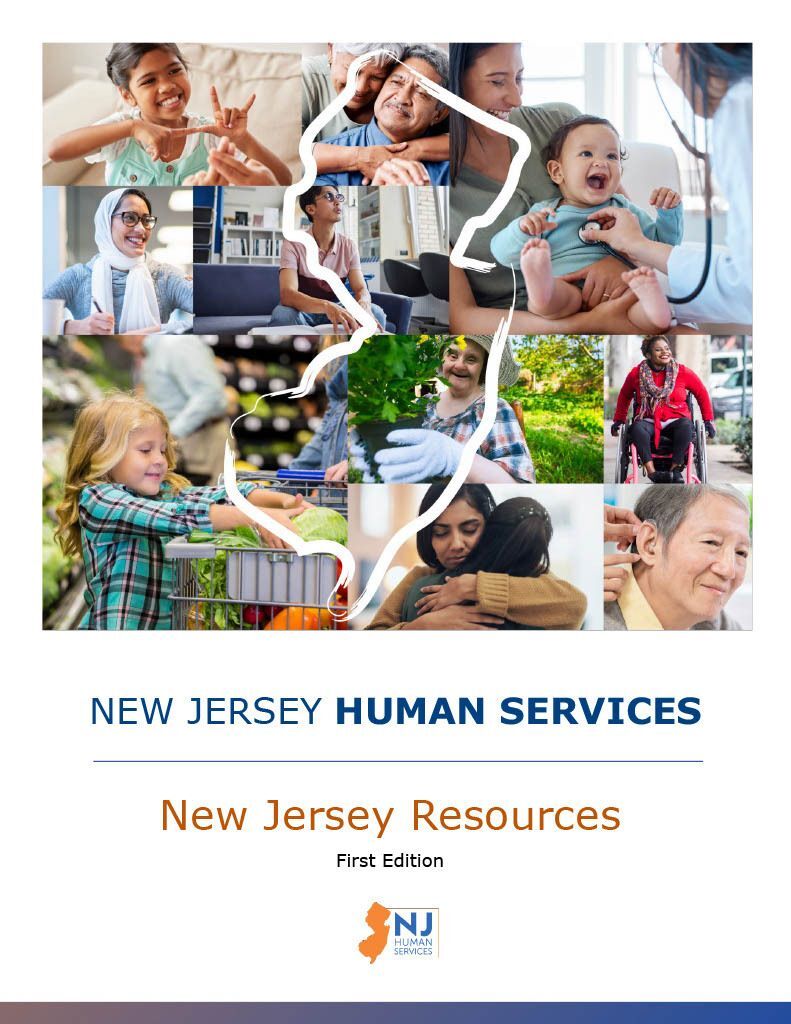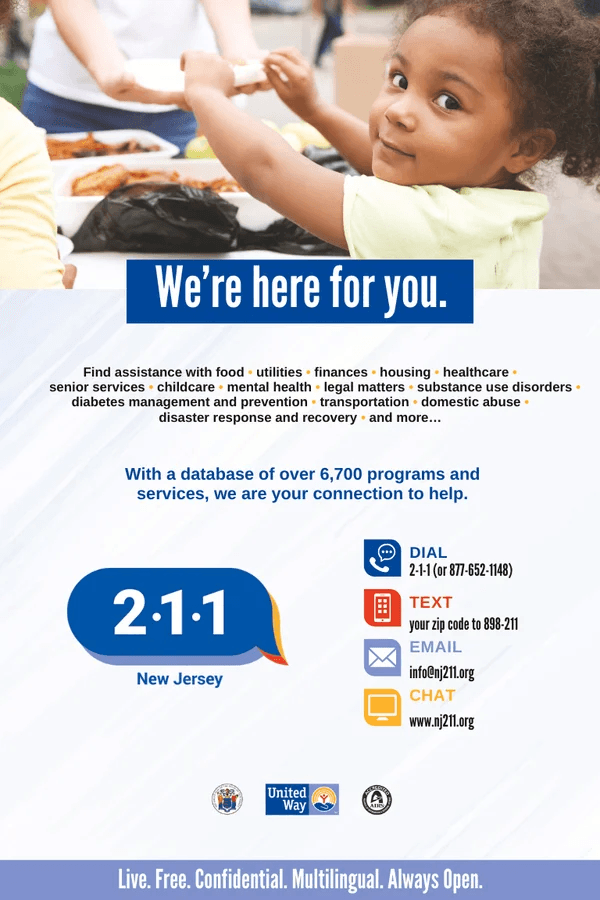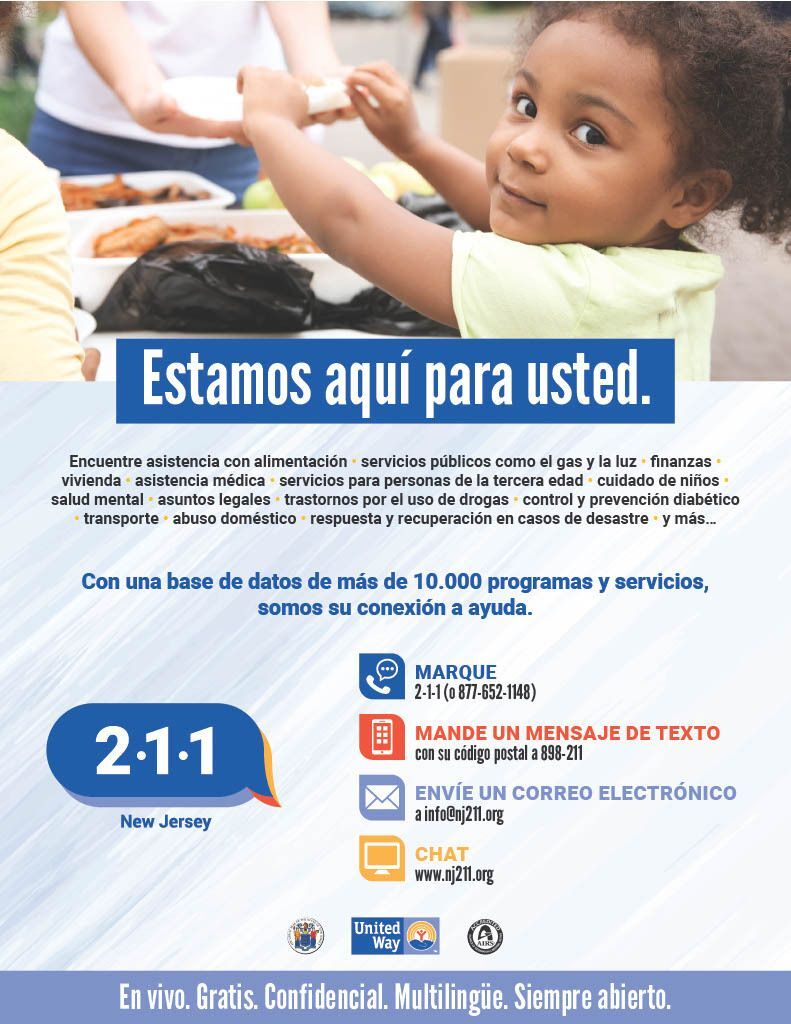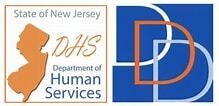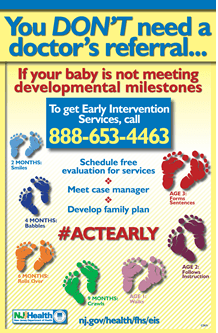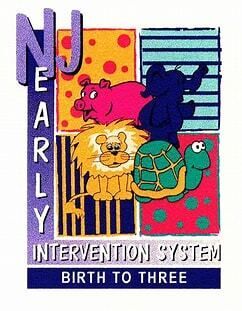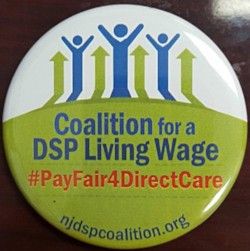Help and Individual or a family in need to have a Happy Holiday. Click to download our Holiday Wish Book. We are collecting gifts to grant wishes.
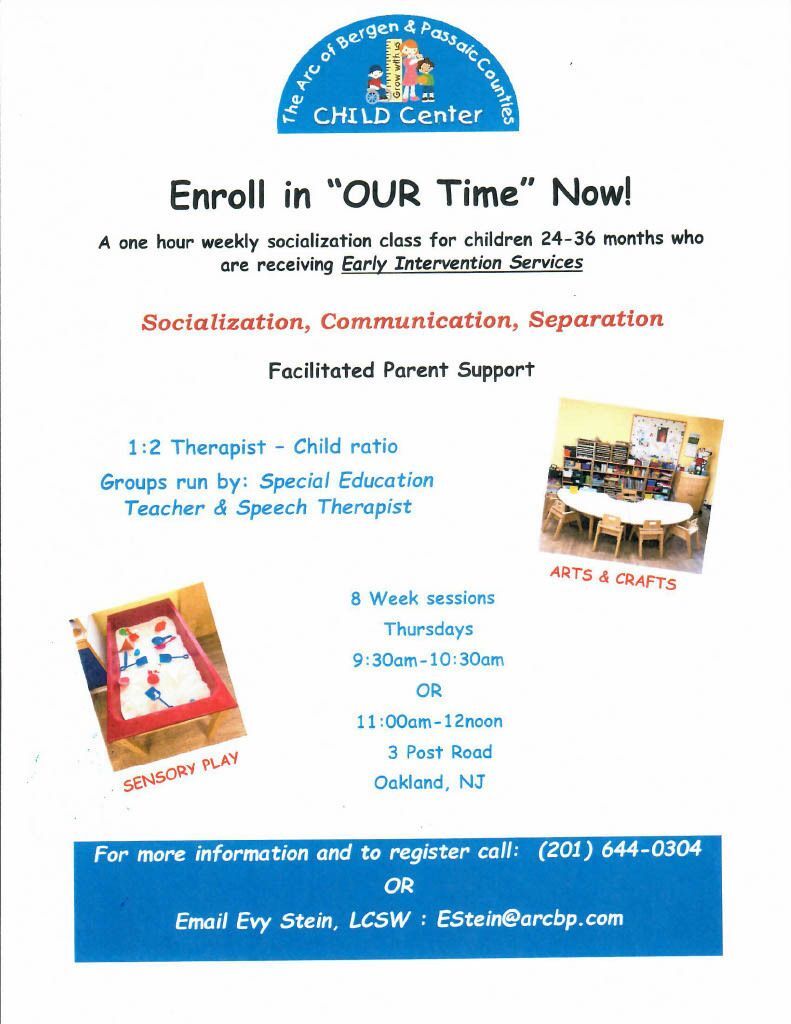
Check out The Arc's Video
The Marriage Penalty
Self-Advocate Diana Stolfo continues her tireless work to eliminate the marriage penalty. Diana and her fiancé Matt met at The Arc's CHILD Center when they were just infants. They want to marry but cannot because they will lose vital benefits. For Diana and Matt and others with all types of disabilities marriage can mean losing their care, their home and not having enough money to repair their wheelchair. H.R.6405 - the Marriage Equality for Disabled Adults Act would eliminate some of these barriers. Diana tells her story in the first video and couples from around NJ gather for a commitment ceremony to shine a light on the issue in the second video.
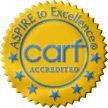
CARF Accredited
DDD Qualified Provider
Medicaid Provider
DDD Licensed
DMHAS Licensed

Visit The Arc of NJ Family Institute
for resources and information
about accessing services in NJ
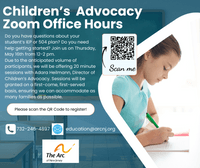
The Arc of NJ Children's Advocacy Virtual Office Hours -
Virtual office hours are here to stay!
Due to anticipated volume, sessions will be limited to 20 minutes
and given on a first come, first served basis to ensure
that we can accommodate as many families as possible.
Upcoming Virtual Office Hours :
October 23rd, & 30th 12-2 pm
November 6th & 20th 12-2 pm
Sign Up https://us06web.zoom.us/meeting/register/vB46ekwcRJ2cpHRLbWV40w#/registration

Understanding the NJ Children's System of Care
Understanding the Division of Vocational Services
Understanding the Division of Developmental Disabilities Eligibility Process
Click picture to download the Graduation Timeline

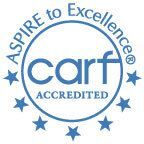
Click Photo to Download
Early Intervention Fact Sheet
Click Photo for
NJ Early Intervention Website
Direct Support Professionals deserve a living wage. Click picture for more information or to join the coalition.
